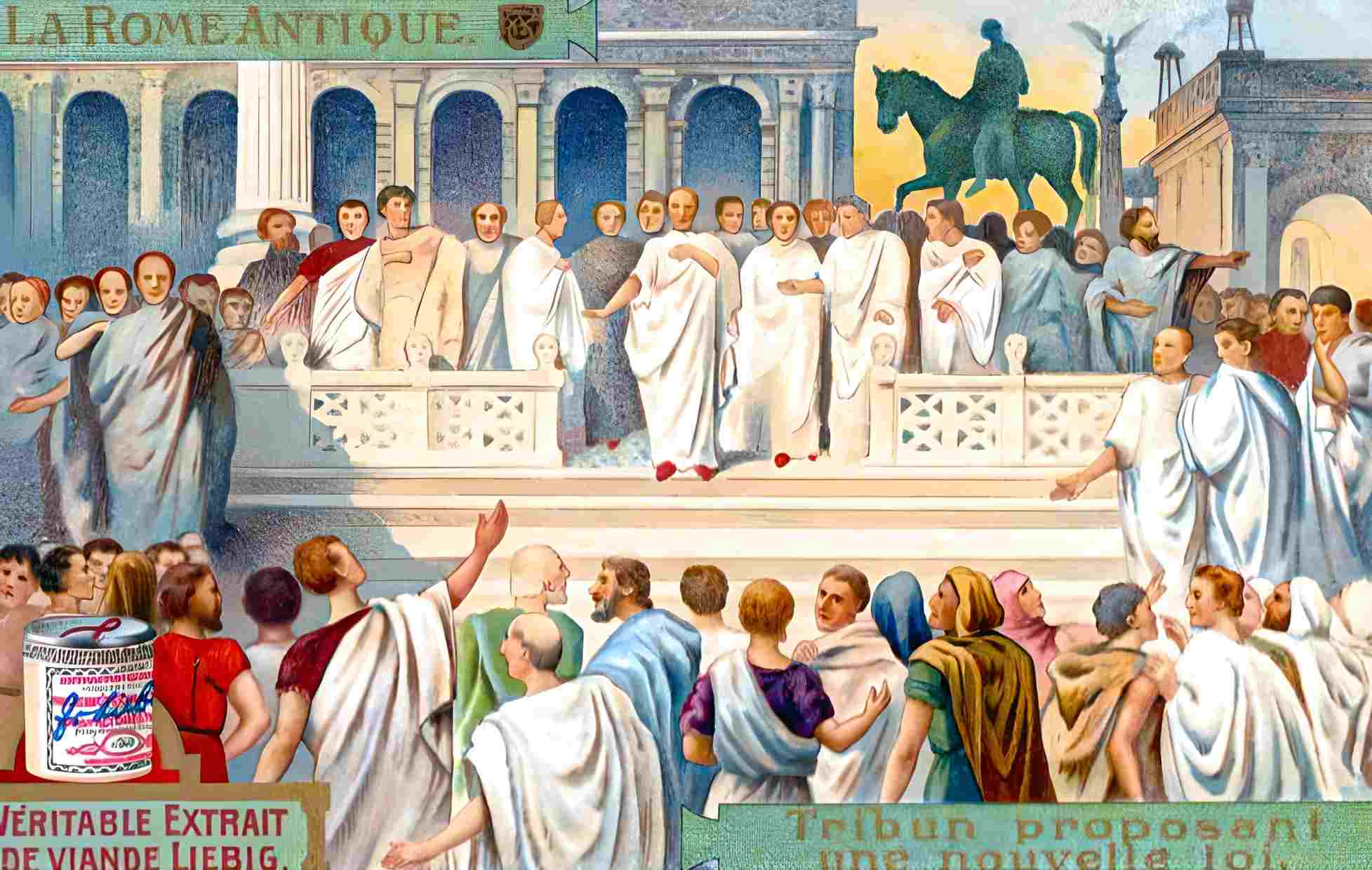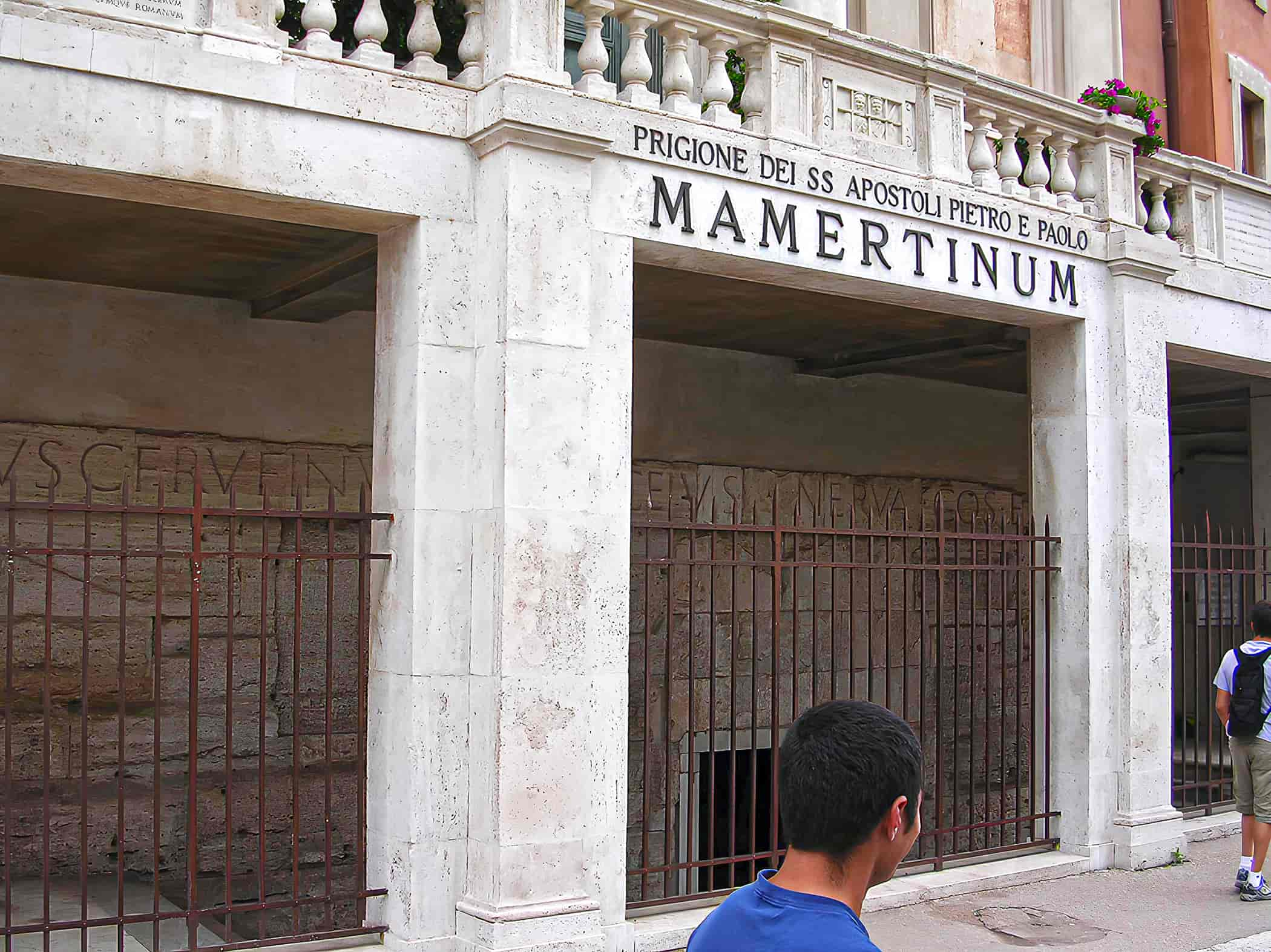Tarpeian Rock: Where Traitors Met Their Fate in Ancient Rome
The Tarpeian Rock is named after Tarpeia, a Roman maiden who, according to legend, betrayed the Romans to the Sabines during the early history of Rome. As punishment for her treachery, she was thrown off this cliff.






